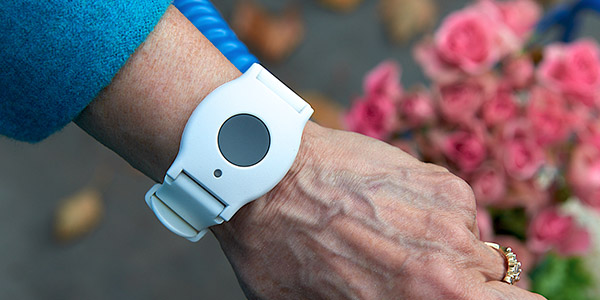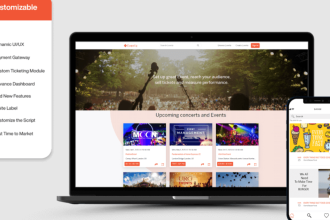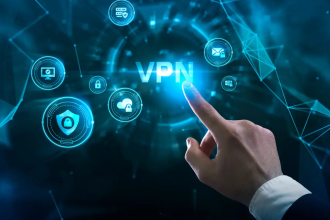The healthcare landscape is an evolving one. Medical alert systems make up the most important healthcare tool. These ensure the safety and well-being of various patients. The senior citizens especially benefit from this.
- Where Do Modern Medical Alert Systems Stand?
- Future Trends To Expect In Emergency Alert Systems For Healthcare
- Integration Of Artificial Intelligence (AI)
- Internet Of Medical Things (IoMT)
- Wearable Technology And Smart Devices
- Enhanced Connectivity With 5G Technology
- Telemedicine And Remote Monitoring
- Advanced-Data Analytics And Big Data
- Conclusion
They are able to manage their chronic conditions better and enjoy a great deal of independence thanks to such systems. A lot of technological advancements have been made to create the alert systems that we have today.
In this article, you will learn more about medical alert systems and the future trends we can see in them.
Where Do Modern Medical Alert Systems Stand?
Modern medical alert systems have evolved considerably. They have gone from being basic alert devices to multi-functional ones. They now offer various features like GPS tracking, fall detection, and two-way communication.
In times of emergencies, these prove to be super effective and prompt. Such systems are designed to provide the user with great peace of mind.
In the process, their families also feel like help is readily accessible. From here on, there is only a clear path of future innovation to expect in regard to medical alert systems.
Future Trends To Expect In Emergency Alert Systems For Healthcare
Here are the future trends to expect in emergency alert systems for healthcare:
Integration Of Artificial Intelligence (AI)
AI is trying its hand everywhere. Healthcare will also see a greater integration of Artificial Intelligence (AI) in its processes and innovations. AI algorithms are able to analyze data well through various sensors.
It can be trained to have a keen eye for unusual patterns or behavior in a person. These can cause changes in movement that lead to a fall or changes in vital signs, like a slower heartbeat.
It can learn to follow patterns and observe them to predict health issues in elderly folk. Its integration with emergency alert systems will help track the health of senior citizens much better.
Internet Of Medical Things (IoMT)
The IoMT is all about connecting medical devices to healthcare IT systems into an online network. Such connectively helps with consistent monitoring. Real-time data can be shared to provide better patient care and make healthcare more inclusive.
In medical alert systems, IoMT can provide a seamless integration. It can connect them with various health monitoring devices to create a comprehensive health management ecosystem.
Wearable Technology And Smart Devices
Wearable technology comes in the form of smartwatches, fitness trackers, and pendants. Such technology is a popular tool in healthcare. Devices like these help monitor health metrics to a great extent.
These are heart rate, activity levels, and sleep schedules. These also call upon immediate help with a press of a button. With time, these are bound to become more integrated into the smart home ecosystem.
Enhanced Connectivity With 5G Technology
5G technology brings a lot of promise to medical alert systems. 5G helps network-driven medical alert systems smoothly transfer data and receive any transmission that comes.
This enables the opportunity to bring about more efficient communication between devices and healthcare providers.
Telemedicine And Remote Monitoring
Telemedicine and remote monitoring have become important after the COVID-19 period. Medical alert systems are expected to make use of such technologies to give users more readily available access to healthcare professionals.
Remote monitoring lets vulnerable people who live in remote areas get real-time medical advice and call for emergencies whenever required.
Advanced-Data Analytics And Big Data
Advanced data analytics and big data are also big players in the innovation of medical alert systems.
They give a deeper insight into patient health as well as the performance of the system in keeping the individual safe. This will help healthcare providers develop better plans for their patients in the future.
Conclusion
From AI to Big Data, medical alert systems are taking a big leap towards the future. With all such promises of greater innovation, medical alert systems can be made more functional than ever.














